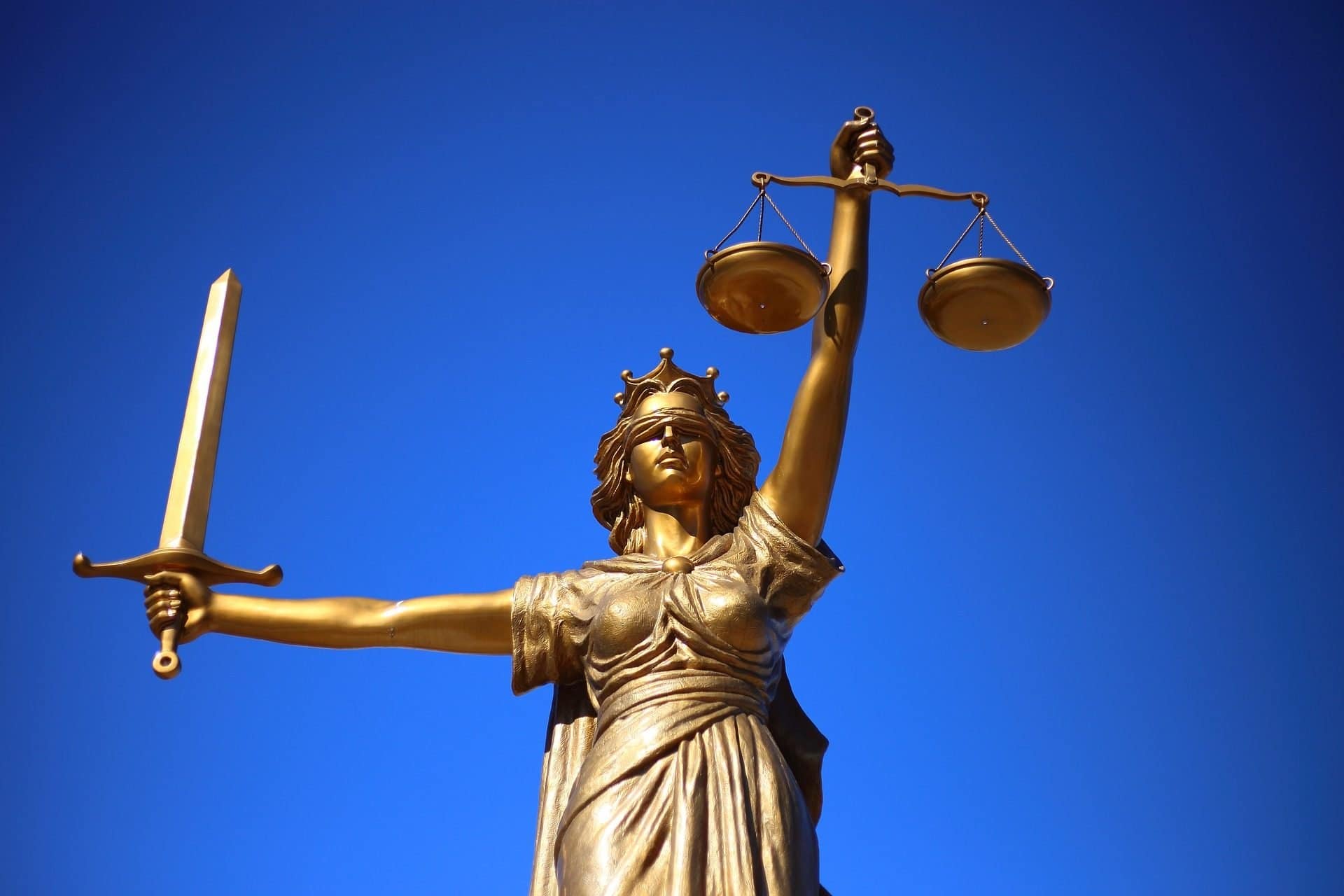Queens Pedestrian Accident Lawyer

Pedestrian accidents happen much too frequently in Queens and all other New York City boroughs. Furthermore, many of these events result in long-term, physical disabilities – if not immediate or later deaths. One of these tragic events took place on July 1, 2018, on Myrtle Avenue in the Ridgewood section of Queens.
Early that morning, a recently retired housekeeper, wife and mother was hit and severely injured by a careless hit-and-run driver who had raced through a red light. The 63-year-old victim was then rushed to Wyckoff Hospital where she fought hard to survive her injuries.
Unfortunately, on July 16th, she passed away due to the numerous injuries inflicted upon her. Police remain hopeful that local surveillance images of the driver and car will eventually result in an arrest.
Vision Zero is Helping – Yet we Must Each Do More to Improve Pedestrian Safety
While pedestrian injuries and fatalities – along with bicycle and vehicle accidents — have decreased under Mayor Bill de Blasio’s Vision Zero program, there’s still major room for improvement.
The following statistics and additional data clearly reveal who’s most likely to be injured in pedestrian accidents – and the societal costs we must all bear because of them.
When and How Pedestrian Accidents Most Often Affect Us — Individually and Collectively
- All pedestrians are most at risk of being injured between 6 PM in the evening and midnight. Not only is it much harder for everyone to see after dark – we’re all most likely to encounter drunk drivers during these hours;
- Speeding drivers pose a special risk for all pedestrians. Law enforcement officers must fully enforce all speed limits to better protect everyone on foot;
- Child pedestrians pose special risks to themselves and others. Impulsive young children often forget to wait for traffic lights to change — and to look both ways before trying to cross busy streets;
- Older people are also high-risk pedestrians. When they walk slower to better maintain their balance, they’re much more likely to be hit by careless drivers who expect them to walk much faster. Many seniors also suffer from difficult vision problems;
- Socioeconomic status (SES) is often tied to pedestrian injuries and fatalities. Those who are less wealthy may have to work longer hours than others – often preventing them from providing adequate supervision to their children. The poor are also more likely to live in areas where crosswalks, traffic lights and intersections are not properly maintained;
- Pedestrians in rural areas must often combat special dangers. Since many drivers speed more often through these areas, pedestrians are more likely to suffer severe or fatal injuries. Rural parts of the country also offer fewer pedestrian walkways. And once accidents occur, there aren’t any nearby trauma centers to provide timely care;
- Everyone is affected by the high economic costs generated by pedestrian accidents. Although individual people’s serious injuries and deaths will always matter most – our entire society is affected by the “hidden costs” of pedestrian accidents.
- Workplace productivity decreases when dependable workers are injured and can no longer work for extended periods of time. Employers are often forced to hire new people to take over complicated tasks;
- Property damage costs and lengthy medical treatments raise the insurance rates we must all regularly pay;
- Increased traffic problems. Major pedestrian accidents involving multiple cars can cause lengthy traffic backups and delays for commuters;
- Many new people may become permanently disabled. Once individuals lose their former mobility and skills – new burdens are placed on the shoulders of other family members.
General NY Government Pedestrian Safety Tips that can Help Prevent Accidents
- Always walk on sidewalks when they’re available. If there are no sidewalks in the area, walk on the side of the road, facing the oncoming traffic;
- Wear bright clothing and sturdy shoes. Whenever you wear shoes with high heels or open toes, you’re far more likely to stumble and fall in a street or roadway – greatly increasing your chances of being hit or even killed;
- Whenever possible, make eye contact with drivers while crossing each street or roadway. This greatly decreases the chances that they’ll unexpectedly move forward and hit you;
- Carry a flashlight when walking at night. This will not only lower your chances of falling, it can also increase your visibility for nearby drivers;
- Never walk far if you’ve been drinking. Since alcohol consumption makes people more likely to fall, be willing to call a cab — or a friend — and ask for a ride home;
- Always look both ways before crossing any street. Many vehicle drivers don’t pay close attention to signal lights and may be about to run a yellow or red light.



